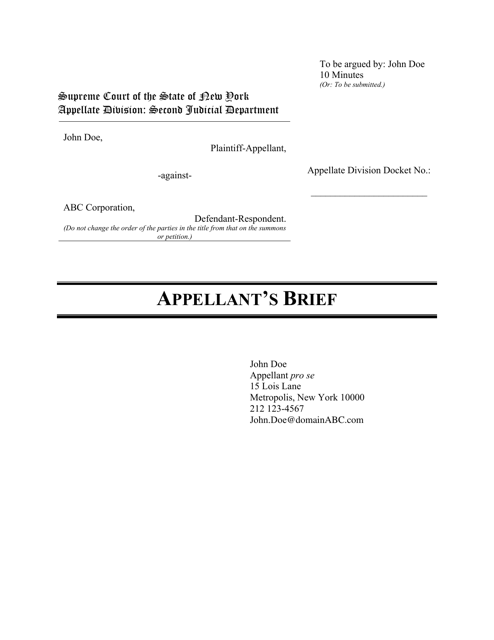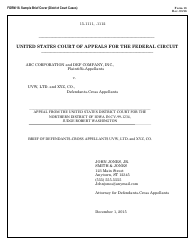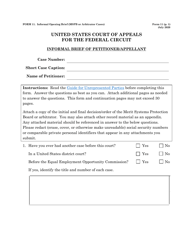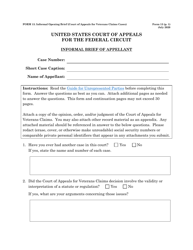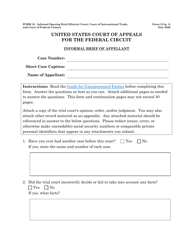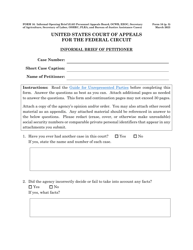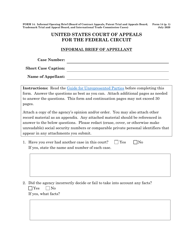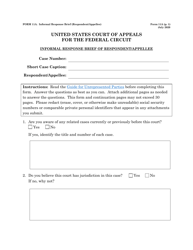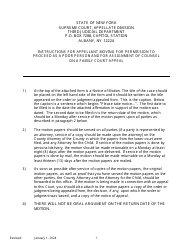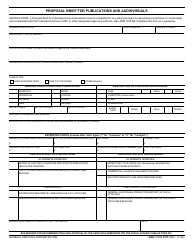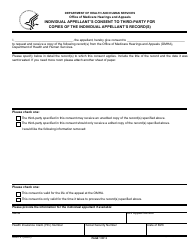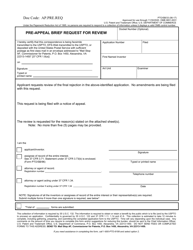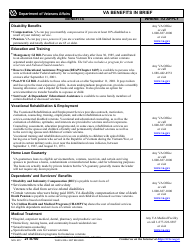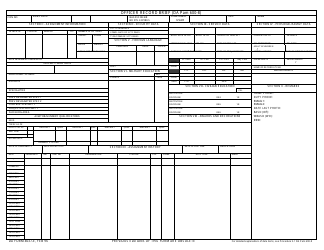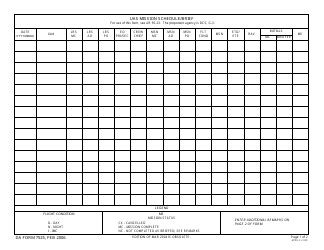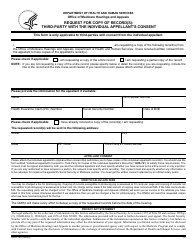Appellant's Brief - New York
Appellant's Brief is a legal document that was released by the New York Supreme Court - a government authority operating within New York.
FAQ
Q: What is an appellant's brief?
A: An appellant's brief is a document filed by the party appealing a decision to present arguments and legal analysis to a higher court.
Q: What is the purpose of an appellant's brief?
A: The purpose of an appellant's brief is to persuade the higher court to reverse or modify the decision made in the lower court.
Q: What information does an appellant's brief contain?
A: An appellant's brief contains a statement of the issues, a summary of the facts, the argument section, and the legal analysis supporting the appellant's position.
Q: Who files an appellant's brief?
A: The party appealing the decision, known as the appellant, files an appellant's brief.
Q: What is the timeline for filing an appellant's brief in New York?
A: In New York, an appellant's brief must typically be filed within 60 days from the date the record is filed with the appellate court.
Q: Can additional documents or evidence be included with an appellant's brief?
A: No, an appellant's brief is limited to the arguments and legal analysis. Additional documents or evidence must be submitted separately as part of the appellate record.
Q: Is an appellant's brief required in every appeal?
A: Yes, an appellant's brief is typically required in every appeal to present the appellant's arguments to the higher court.
Q: What happens after an appellant's brief is filed?
A: After an appellant's brief is filed, the opposing party, known as the appellee, can file a respondent's brief presenting counter-arguments and legal analysis.
Q: Can a party file a reply brief after a respondent's brief?
A: Yes, a party can file a reply brief after the appellee's brief, but it is typically limited to responding to new arguments or addressing specific issues raised by the appellee.
Form Details:
- The latest edition currently provided by the New York Supreme Court;
- Ready to use and print;
- Easy to customize;
- Compatible with most PDF-viewing applications;
- Fill out the form in our online filing application.
Download a printable version of the form by clicking the link below or browse more documents and templates provided by the New York Supreme Court.
